Bad habits are related to a negative behavior pattern and are usually linked to personal habits such as procrastination, nail-biting, or spending too much time watching television. You may not equate your driving performance to a bad habit, however, there are certain behaviors behind the wheel that could cause damage to your car or truck in the long run. Check out our list of the most common driving habits and how to avoid them to keep your car on the road while preventing costly or unnecessary repairs.
- Resting your hand on the gear shifter of a standard transmission – Though this feels like a comfortable position for your hand while driving, this places additional weight on the transmission bushings and synchronizers which could result in internal and premature wear. Instead, keep both hands on the steering wheel.
- Hard Starts and Stops – Hitting the gas to the floor when the light turns green at an intersection may seem fun and give you a blast of speed, however, this greatly reduces gas mileage. Sudden stops may be necessary from time to time, but whenever possible, it’s recommended to gently press the brake pedal to come to a stop. Sudden stops place more stress on brake components causing them to wear out sooner.
- Riding the brakes – If you’re traveling downhill, avoid “riding the brakes” to preserve your brake pads and rotors. Instead, engage a lower gear, brake lightly, and release the brake pedal to allow the brakes to cool. Repeat the process as needed until you reach the bottom of the hill.
- Revving the engine – When a car has been inactive for a few hours, most of the oil from the engine compartment has gone back to the oil pan located at the bottom of the crankcase. At a cold start, it’s best to allow the engine idle for a minute or two, allowing the oil to properly circulate through the engine. Lubrication is very important when it comes to moving parts. Revving the engine before the oil has had a chance to coat internal components can damage them.
- Driving with the fuel light on – One of the worst driving habits is to drive around with your fuel light on or on an almost empty tank. In modern vehicles, the fuel pump is located within the gas tank. Fuel acts as a coolant and provides adequate lubrication for the pump. Failure to keep the pump cool and lubricated results in an overheated pump requiring replacement. To protect your fuel pump and other components, be sure to fill up your car when it reaches a quarter of a tank.
- Ignoring warning lights – Warning lights, as part of your onboard communications system from the vehicle’s computer, are your car’s way of telling you when something is wrong. Warning lights should never be ignored even though it could indicate something as simple as a loose gas cap it could also be due to major engine complications. Failure to address these warning lights in a timely manner could result in costly repairs or irreparable damage to the engine. Your owner’s manual provides an explanation of what each light means so that the particular issue can be addressed properly by a technician.
- Speeding over speed bumps and potholes – Speed bumps are meant to slow cars down in busy parking lots or neighborhoods and potholes are holes in the roadway that often vary in size or shape. Whether it’s a pothole or speed bump, take caution and go slow. The impact from these road conditions can wreak havoc on the suspension system affecting steering, alignment, and wheels as well as the exhaust system.
Driving can be a fun and rewarding experience and being mindful of your driving habits, both good and bad, is important to your vehicle’s well-being. Just by changing a few habits, you can extend the life of your car or truck and save money on gas and repair costs.
